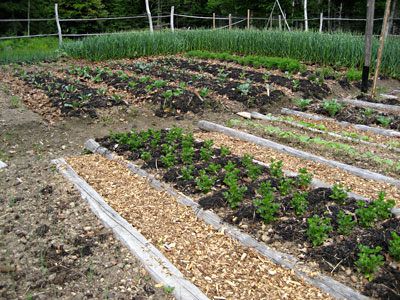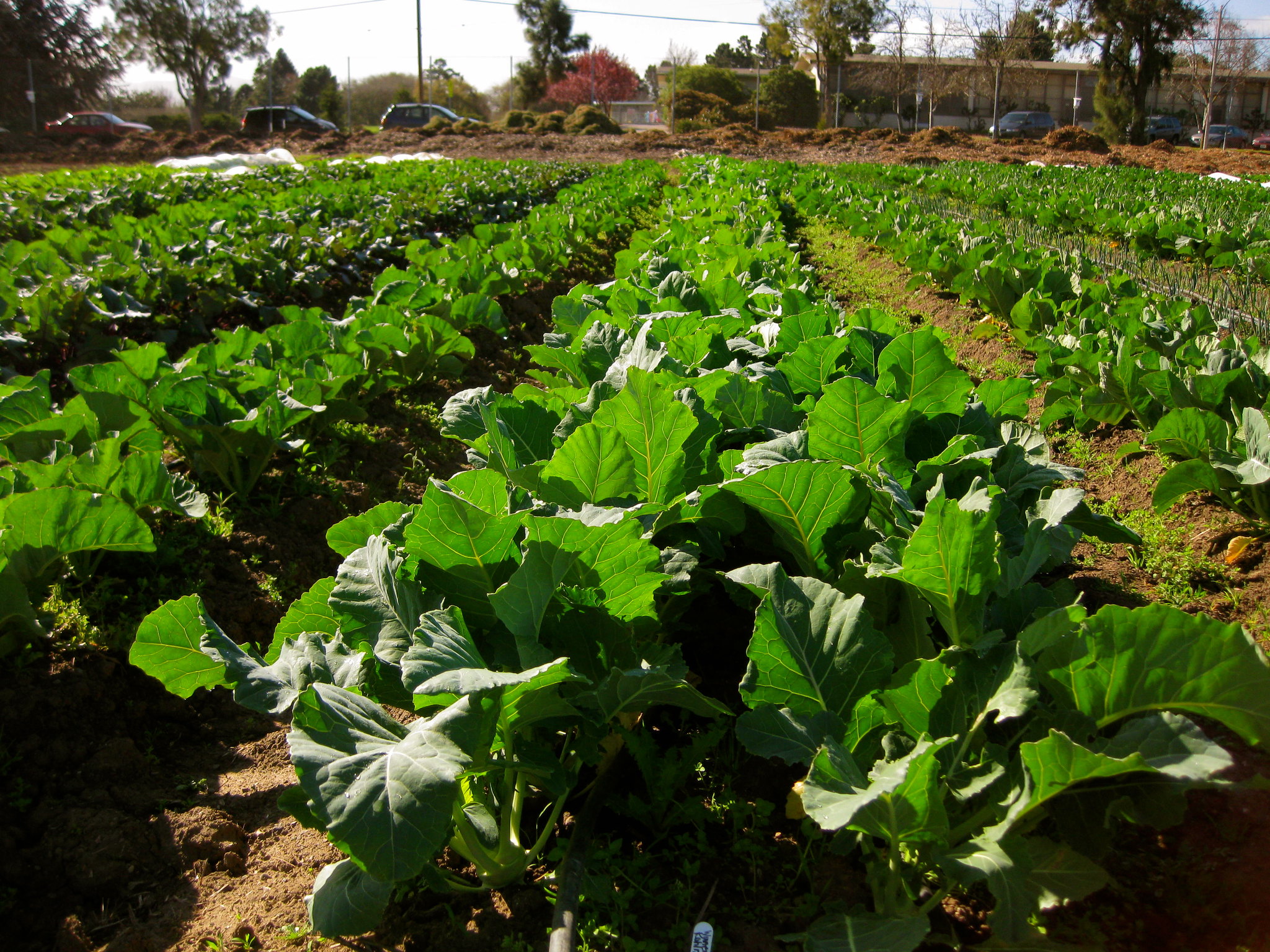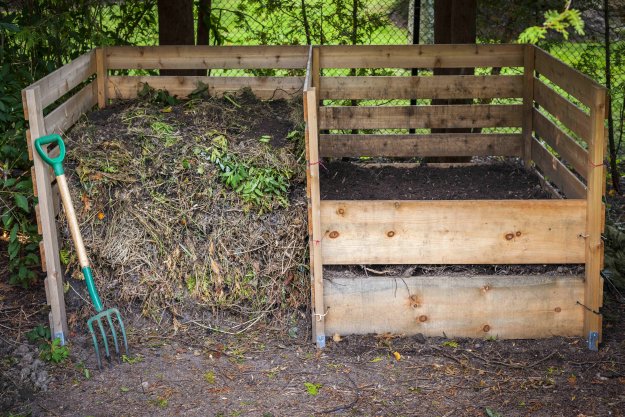Organic and Sustainable Practices for Homestead Gardening
Organic and Sustainable Practices for Homestead Gardening
Blog Article
Enhance Your Outdoor Area With Creative Gardening Styles and Designs
By exploring various designs, such as the lovely informality of cottage yards or the minimalism of modern looks, one can considerably boost the setting of their environments. Additionally, incorporating vertical horticulture methods and sustainable techniques not just enhances aesthetic appeal however also advertises environmental awareness.

Cottage Yard Appeal
Cottage yards, typically defined by their lavish, informal layouts, welcome a harmonious blend of herbs, blossoms, and vegetables, producing a vibrant tapestry of color and fragrance. This standard horticulture style days back to the late 19th century, coming from England, and is valued for its captivating, enchanting charm.
Crucial element of home gardens include using seasonal plants, climbing vines, and self-seeding annuals, which add to an ever-evolving landscape. Planting in dense clusters motivates a naturalistic appearance, enabling for a diverse mix of structures and shades. Popular blossoms such as foxgloves, hollyhocks, and delphiniums intermingle with aromatic herbs like lavender and rosemary, improving sensory experiences while advertising biodiversity.
Integrating rustic functions, such as weathered trellises, wood fencings, or rock pathways, better enhances the visual of a cottage garden. This style not just focuses on elegance but also accepts sustainability, as many plants are selected for their ability to bring in pollinators and provide food. Eventually, the cottage garden charm depends on its loosened up, welcoming ambience, encouraging a deep link with nature while offering an idyllic resort for leisure and pleasure.
Modern Landscape Aesthetics
While the beauty of home gardens stimulates a feeling of nostalgia and fancifulness, modern-day landscape aesthetic appeals embrace a more structured and minimal method. This modern style stresses simplicity, performance, and a combination with the surrounding environment. Clean lines, geometric forms, and a restricted color palette characterize contemporary landscaping, allowing nature's appeal to take center stage without unneeded disturbances.
Products play an important role in achieving this visual. Concrete, metal, and all-natural rock are often utilized to create hardscapes that match the landscape instead than overwhelm it. Additionally, the mindful selection of plants is basic; native varieties and decorative grasses are typically favored for their low maintenance and ability to thrive in local conditions.
Water functions, such as streamlined ponds or mirroring pools, are additionally indispensable to modern layouts, supplying serenity and a centerpiece. Sustainable practices, including xeriscaping and making use of permeable products, boost the environmental duty of modern landscape design. Eventually, modern-day landscape visual appeals use a possibility to develop serene outdoor spaces that reflect contemporary values while fostering a much deeper connection to nature.
Vertical Horticulture Technologies
Vertical horticulture innovations have actually revolutionized the method we approach horticulture in restricted rooms, enabling the cultivation of plants in metropolitan atmospheres where ground area is scarce. These innovative techniques and structures permit gardeners to take full advantage of vertical surface areas, changing wall surfaces, fencings, and even balconies right into lavish eco-friendly spaces.
One popular technology is using modular systems, which consist of interlocking panels that can be quickly mounted and reorganized - Homestead Gardening. These panels commonly come geared up with integrated irrigation systems, making sure that plants receive appropriate moisture while reducing water waste. Furthermore, upright gardens can integrate a range of plants, from blooming look at here species to edible natural herbs, advertising biodiversity and improving appearances
Another noteworthy innovation is the assimilation of wise technology, such as sensing units that keep an eye on dirt wetness and nutrient degrees. This innovation enables specific treatment tailored to the requirements of specific plants, making certain optimum development and health. Upright planters and light-weight materials made from recycled items add to sustainability while lowering the physical problem of standard gardening.
Sustainable Gardening Practices
Sustainable gardening practices have actually arised as a crucial method for gardeners looking for to decrease their environmental effect while enhancing the wellness of their communities. These practices concentrate on the mindful management of natural deposits, advertising biodiversity, and cultivating a resilient landscape.
One secret component of sustainable horticulture is soil wellness. Making use of organic garden compost, mulching, and crop rotation improves the dirt, advertising useful microbes and minimizing the requirement for chemical plant foods. In addition, native plants are motivated, as they call for less water and are more immune to local pests, thus minimizing reliance on chemicals.

Additionally, sustainable gardening motivates making use of recycled materials for yard structures and paths, minimizing waste and environmental impact. By embracing these practices, gardeners can develop a successful exterior area that harmonizes with nature, making sure both individual satisfaction and environmental obligation.
Themed Yard Inspirations
Creating a themed yard can change a normal exterior area into a captivating sanctuary that shows individual style and passions. Themed yards supply an one-of-a-kind possibility to reveal creative thinking while enhancing the visual appeal of one's landscape. Popular motifs include Japanese Zen gardens, which emphasize harmony through thoroughly prepared rocks, water functions, and minimalist plantings.
An additional inspiring theme is the cottage yard, characterized by a casual design full of a wealth of great smelling natural herbs and vibrant blossoms. This style promotes biodiversity and draws in pollinators, making it both attractive and ecologically valuable.
For those with a penchant for experience, an exotic garden can evoke a vacation feeling, including strong vegetation, dynamic blossoms, and possibly also a small water function to mimic a hotel atmosphere.
Additionally, a themed yard can attract inspiration from literary works or history, such as a Shakespearean garden that integrates plants mentioned in the Poet's works.
Selecting a motif not only provides direction in plant selection and format but additionally produces a cohesive atmosphere that welcomes exploration and pleasure, making exterior rooms really unique.
Verdict

Integrating rustic functions, such as weathered trellises, wood fences, or rock pathways, further view it boosts the visual of a cottage yard. Additionally, upright yards can include a variety of plants, from blooming types to edible herbs, advertising biodiversity and enhancing looks.
Developing a themed garden can change a normal outdoor area into a fascinating he has a good point refuge that shows individual style and rate of interests. Themed gardens supply a special chance to express creativity while enhancing the aesthetic appeal of one's landscape. The beauty of cottage gardens, the sleekness of modern landscapes, ingenious upright gardening strategies, lasting practices, and themed yards each contribute special aspects that cultivate both elegance and capability.
Report this page